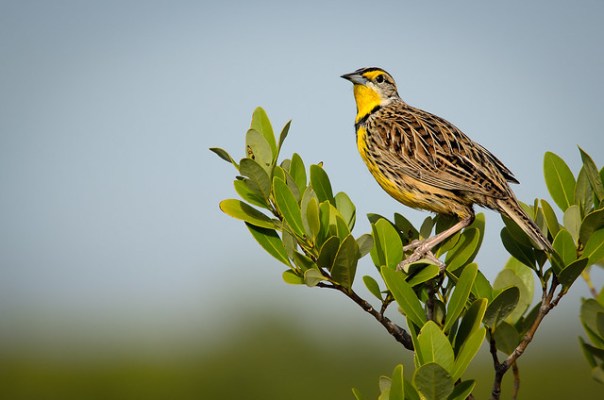I hope that all of you, your families, and your friends have a joyful and happy holiday season!
Photographer Jim Goldstein has an annual tradition of organizing a “best photos of the year” listing. So it’s a good time to put together my own third annual “Favorite photos of the year” post. You can revisit 2009 here, and 2010 here.
Again in 2011, I’ve been blessed with a huge amount of photo opportunities. The 2011 folder on my hard drive takes up about 178 GB of space. Wow – good thing storage is so cheap now days! I’m still using the following system to rate my photos. The numbers in parentheses are the counts for 2011 .
- 1 star – The photo is interesting (262)
- 2 stars – The photo is worth showing to others (400)
- 3 stars – The photo is the best of (or one of the best of ) any given photo shoot (81)
- 4 stars – My favorite photo of a year (1)
- 5 stars – My favorite photo ever (none, I’m not done making photos yet!)
Photos without stars are seconds or not so good versions of other photos. I usually keep them, but they probably won’t get any more attention. I’ve been using this system consistently, and it seems to work for me. I’ve reviewed my 2011 photos and selected what I think are my best. Of course, this is all subjective and my opinion only. Feel free to disagree, but I hope you’ll enjoy looking at the ones I’ve picked.
You can click on each of these to go to Flickr and see a larger version. Or you can click this link to go to the set on Flickr.
Here we go. I have 3 mammals, 3 birds, 2 landscapes, and 3 miscellaneous subjects …

November: Bobcat in Tree, Circle B Bar Reserve. I’ve seen Bobcats in the wild before, but I’ve never been able to take a good photo of one. We saw this one resting up on a branch and it posed for a while. In this image, I think it was trying to figure out how to get through the crowd of humans at the base of the tree. More info: https://edrosack.com/2011/11/24/landscapes-and-bobcat-at-the-circle-b-bar-reserve/

July: Baby mountain goat, Mt. Evans summit, Colorado. There were several families of mountain goats on the way up and at the summit. This little one posed for me so I could frame him against the out of focus mountains in the background. It’s amazing to watch them scramble from rock to rock and never slip. More info: https://edrosack.com/2011/07/10/mount-evans-redux/

September: Young deer at Viera Wetlands. View large and check out the eyebrows and whiskers! More info: https://edrosack.com/2011/09/04/late-afternoon-at-viera-wetlands/

January: Barred Owl watches photographers. More info: https://edrosack.com/2011/01/30/catching-up/

December: Eastern Meadowlark, Blackpoint Wild Life Drive. More info: https://edrosack.com/2011/12/17/merritt-island-scouting-report-saturday-december-10/

June: Florida Scrub Jay watches us. One or two birds in this Scrub Jay family were real posers. And one of those was a “dive bomber”. It flew at our heads a few times trying to discourage us. More info: https://edrosack.com/2011/06/19/a-summertime-visit-to-minwr-blackpoint-and-scrub-ridge-trail/

November: Sunrise at the Circle B Bar Reserve. More info: https://edrosack.com/2011/11/24/landscapes-and-bobcat-at-the-circle-b-bar-reserve/

December: It was a little cloudy this morning. Blackpoint Wild Life Drive. I’ve enjoyed playing with an Infrared modified Olympus EPL-1 camera. More info: https://edrosack.com/2011/12/17/merritt-island-scouting-report-saturday-december-10/

March: Tomb of the unknowns, Arlington National Cemetery. I’d never been to Arlington before this trip. As a US Navy Veteran and a patriot, I have to admit it made a huge impression on me. More info: https://edrosack.com/2011/03/19/washington-dc/

December: Flavia, in color. American Photo Model Shoot, Orlando, 12/3/11. My first time photographing models was a real learning experience. More info: https://edrosack.com/2011/12/09/orlando-american-photo-model-shoot-workshop-december-2011/

June: My Grandfather’s Pocket-watch. After the Orlando Watch Company repaired it, it’s working fine. This is a 1921 Elgin pocket-watch, marked Wadsworth Referee 20 year 5069868. More info: https://edrosack.com/2011/06/25/grandfathers-pocket-watch/
I hope you’ve had a great photo 2011 too. Thanks for stopping by and reading my blog. Now – go make some more photos!
©2011, Ed Rosack. All rights reserved












